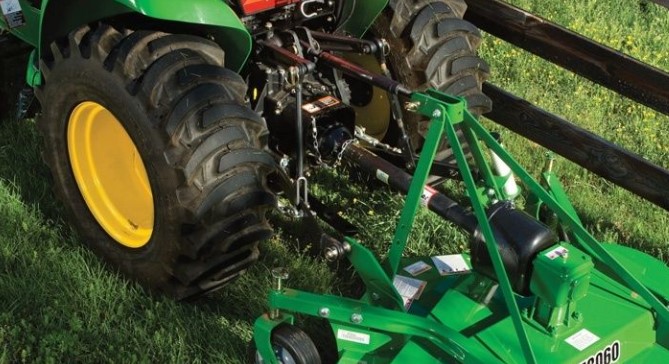John Deere 3 Point Hitch Problems can be a tricky issue to diagnose and repair. But with this essential guide, you can learn how to identify, troubleshoot, and maintain your equipment to keep it running smoothly. Get the information you need to confidently approach any John Deere 3 Point Hitch Problem.
Identifying and Resolving John Deere 3 Point Hitch Problems
Are you having trouble troubleshooting or maintaining your John Deere 3 Point Hitch equipment? Don't worry—with this comprehensive guide, you can learn how to identify and resolve John Deere 3 Point Hitch Problems quickly and effectively. From diagnosing issues to performing necessary repairs, you'll get the information you need to confidently tackle any problem that comes your way. Follow this guide to keep your equipment running at its best.
Lubrication Issues
Lubrication is a key factor in ensuring the smooth operation of any John Deere 3 Point Hitch. If the equipment is not properly lubricated, the parts will wear out faster, ultimately leading to costly repairs. To prevent this, John Deere recommends inspecting the lubrication on a regular basis, as well as replacing any worn or damaged parts.
Misalignment
One of the most common John Deere 3 Point Hitch Problems is misalignment. This occurs when the hitch is not properly aligned with the equipment, resulting in an inefficient operation and increased wear on the parts. To avoid misalignment, it is essential to regularly check the alignment of the hitch and make adjustments as necessary.
Dirt and Debris
Dirt and debris can accumulate on parts over time and cause them to malfunction. To prevent this, John Deere recommends regularly cleaning and inspecting the parts for any buildup of debris. Additionally, it is important to ensure that the parts are properly lubricated and that any worn or damaged parts are replaced.
Key Takeaways for Diagnosing and Resolving John Deere 3 Point Hitch Problems
- Inspect electrical connections and check the continuity with a multimeter.
- Inspect hoses and valves for any signs of wear and tear and replace them if necessary.
- Lubricate moving parts, inspect for any foreign objects, and adjust the tension of the chain.
- Check for any loose or broken components, realign the parts, and replace any worn parts.
- Inspect the lubrication on a regular basis, as well as replacing any worn or damaged parts.
- Regularly check the alignment of the hitch and make adjustments as necessary.
- Regularly clean and inspect the parts for any buildup of debris.
- Ensure that the parts are properly lubricated and that any worn or damaged parts are replaced.
Proper Diagnosis and Maintenance for Optimal Function of John Deere 3 Point Hitch
It is essential to diagnose and maintain John Deere 3 Point Hitch for optimal operation and longevity. Regular inspections are needed to identify any issues and take care of them before they become more serious and costly. Inspecting electrical connections and checking the continuity with a multimeter, along with inspecting hoses and valves for signs of wear and tear, are key steps in ensuring proper functioning of the hitch. Additionally, lubricating moving parts, inspecting for any foreign objects, and adjusting the tension of the chain will help to ensure optimal performance. Furthermore, checking for any loose or broken components, realigning the parts, and replacing any worn parts will help to prevent misalignment, as well as dirt and debris buildup. Following these steps, along with regularly inspecting and replacing worn or damaged parts, will help to ensure the proper functioning of the John Deere 3 Point Hitch.
